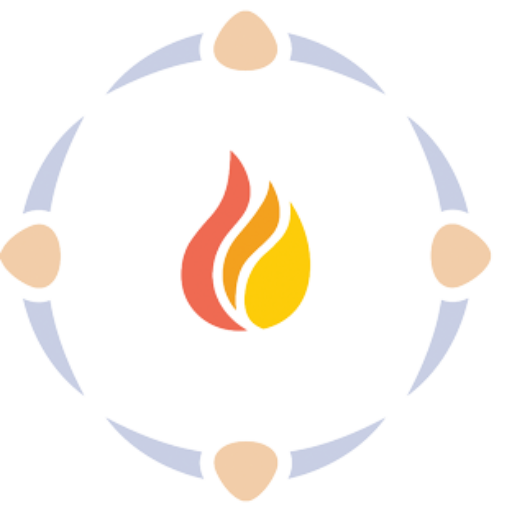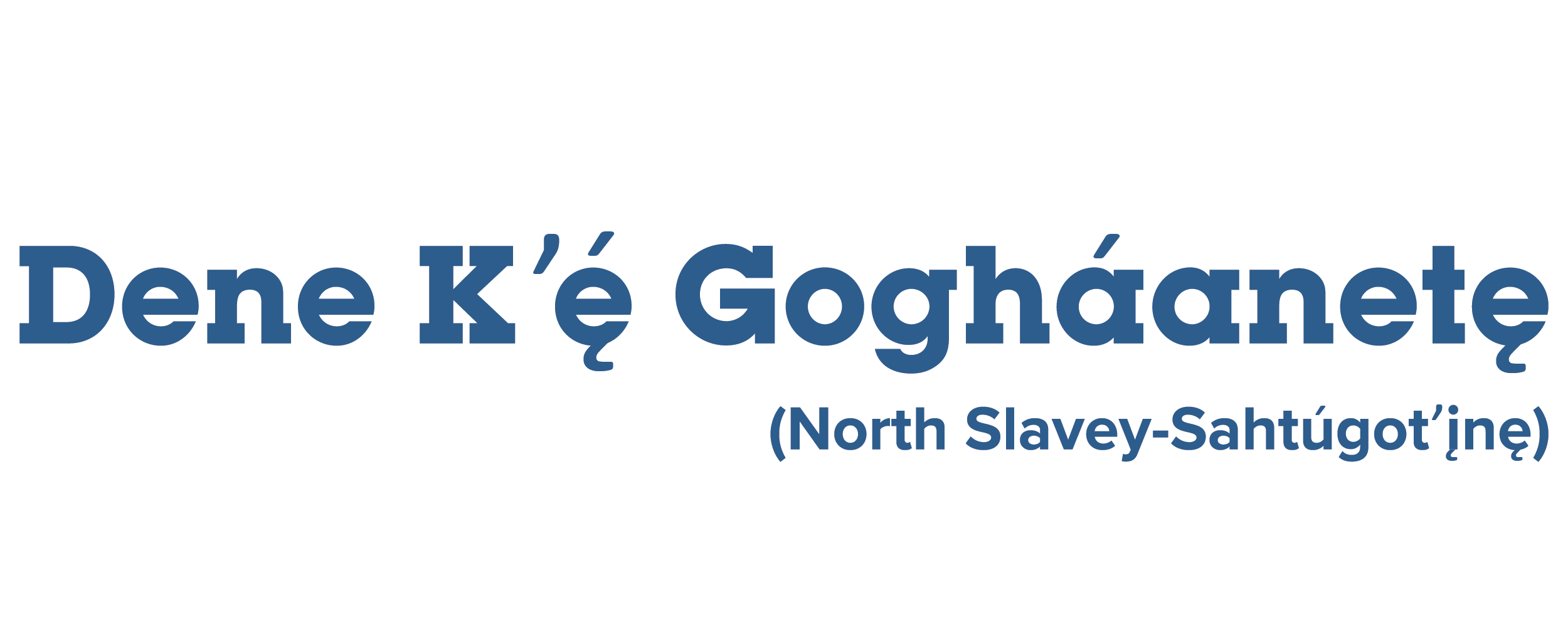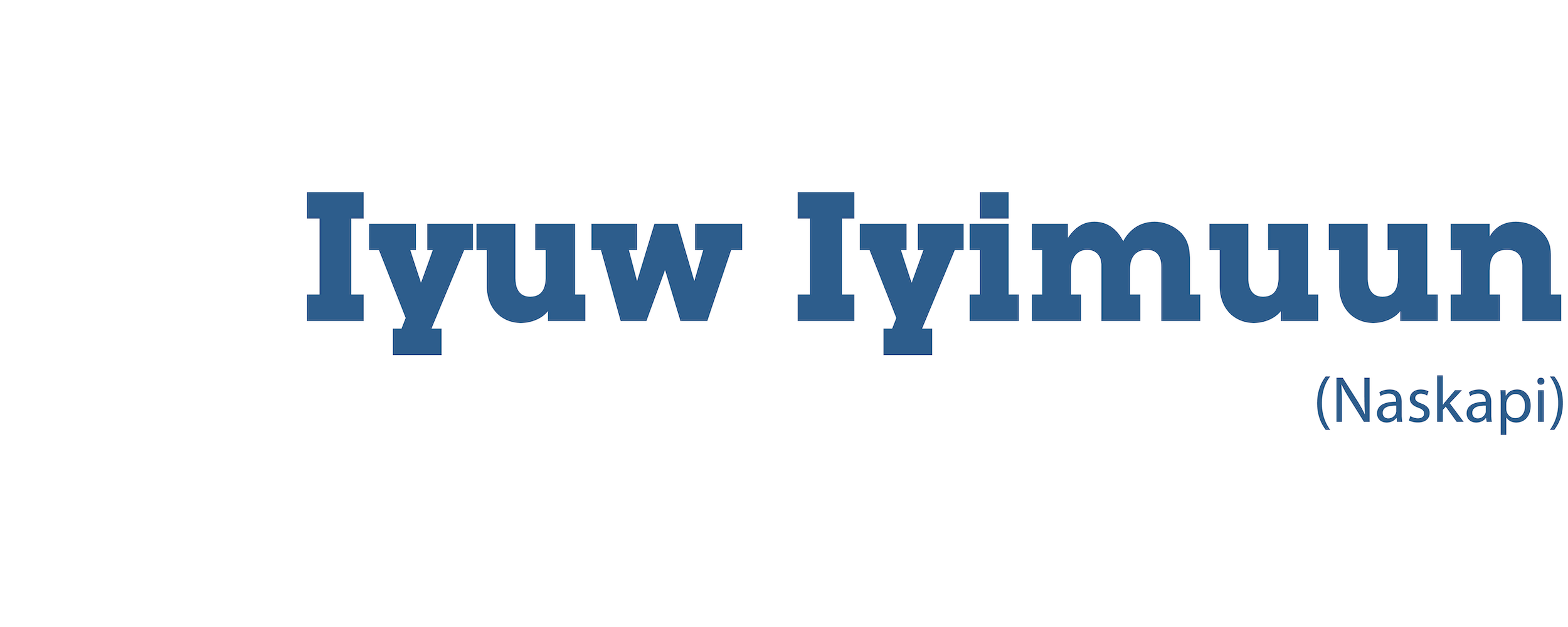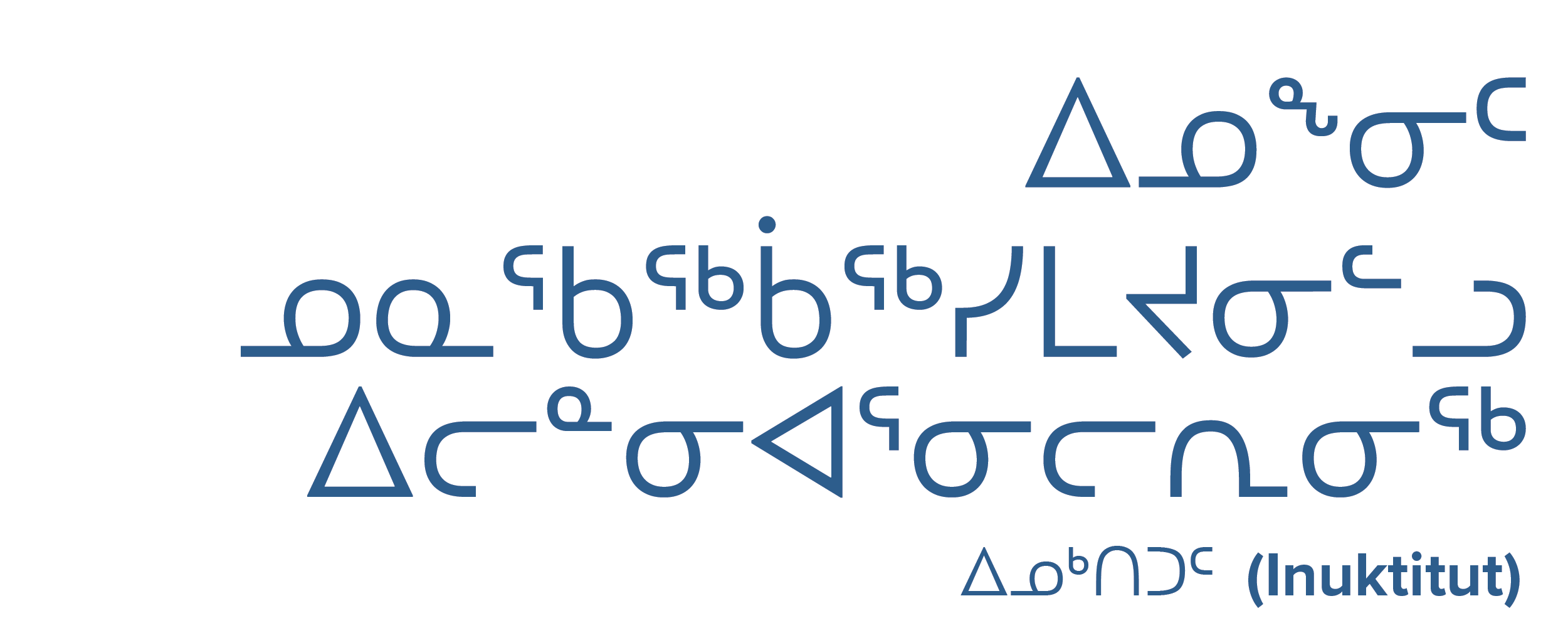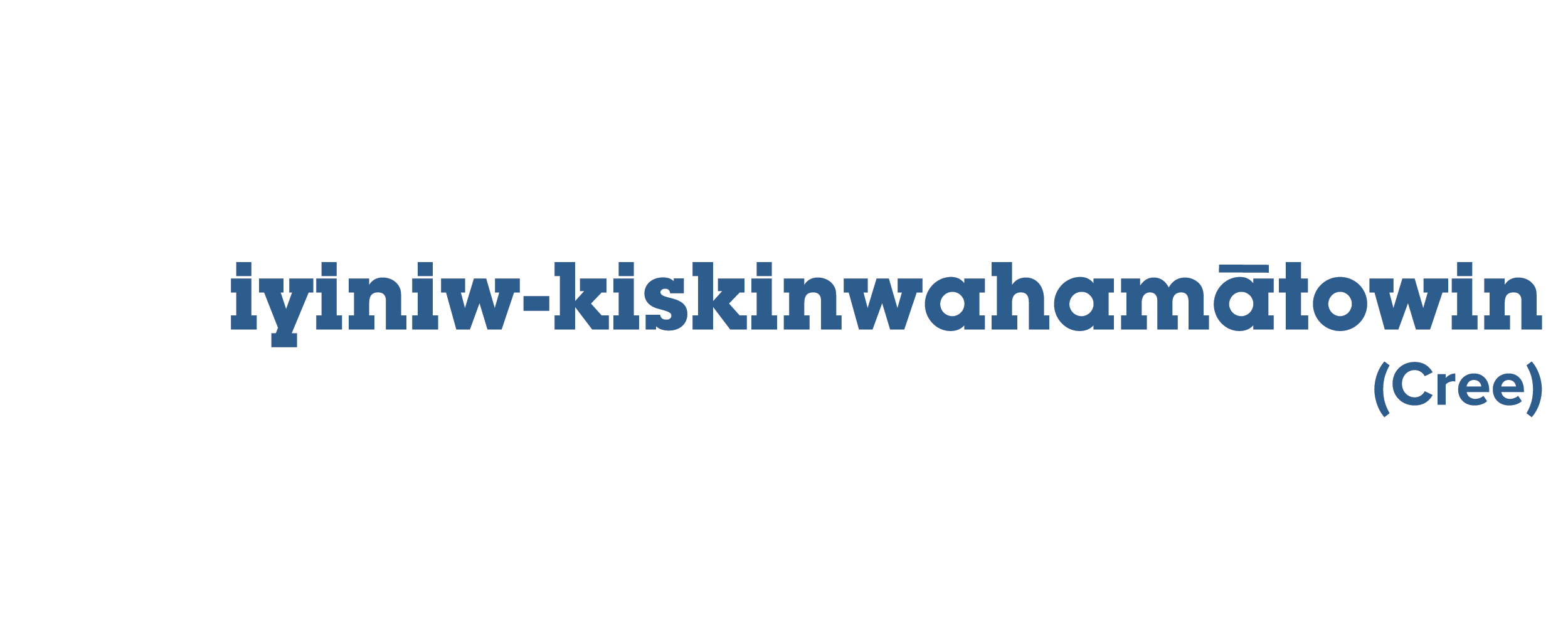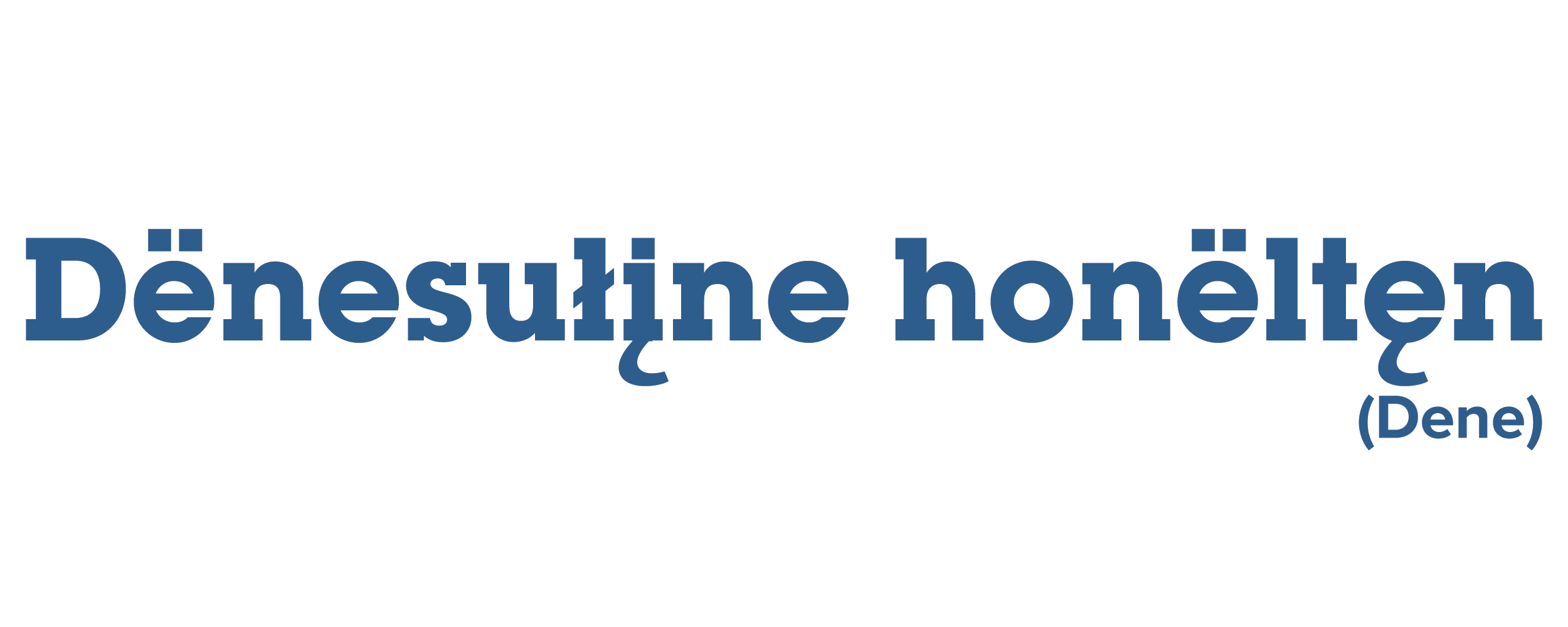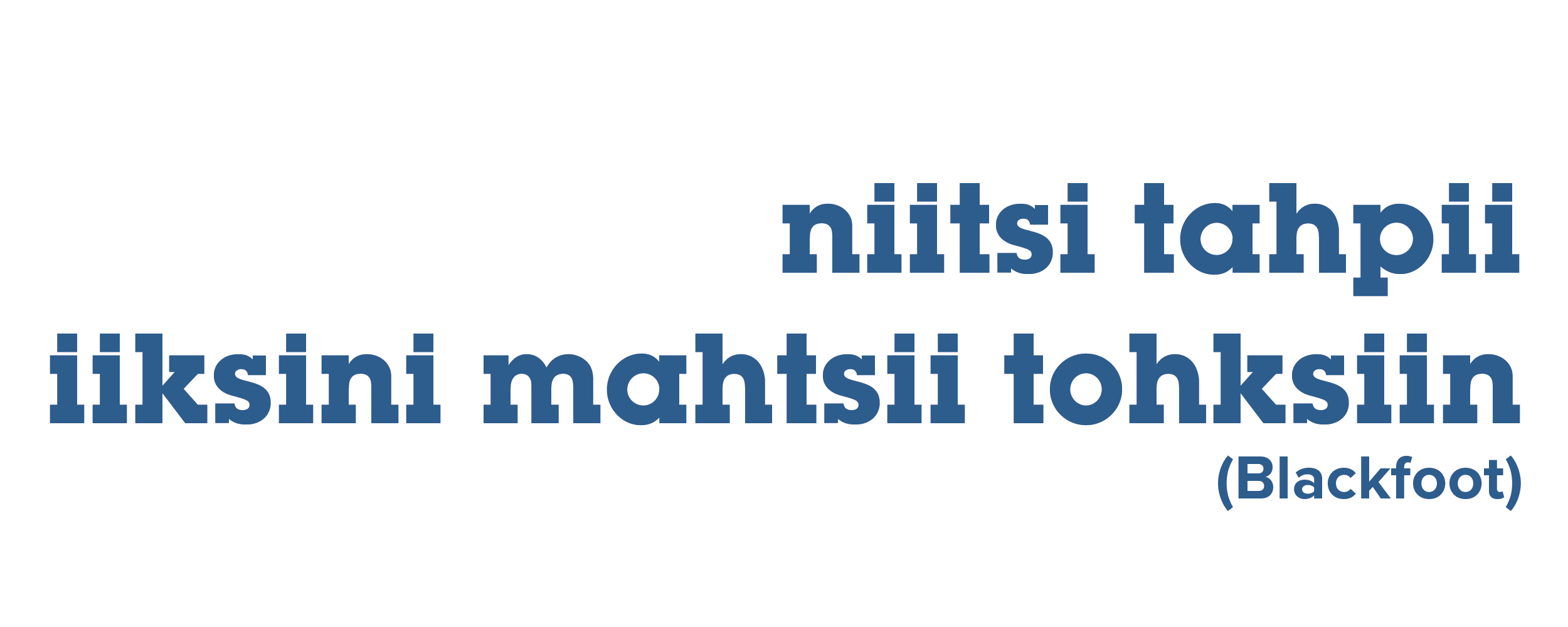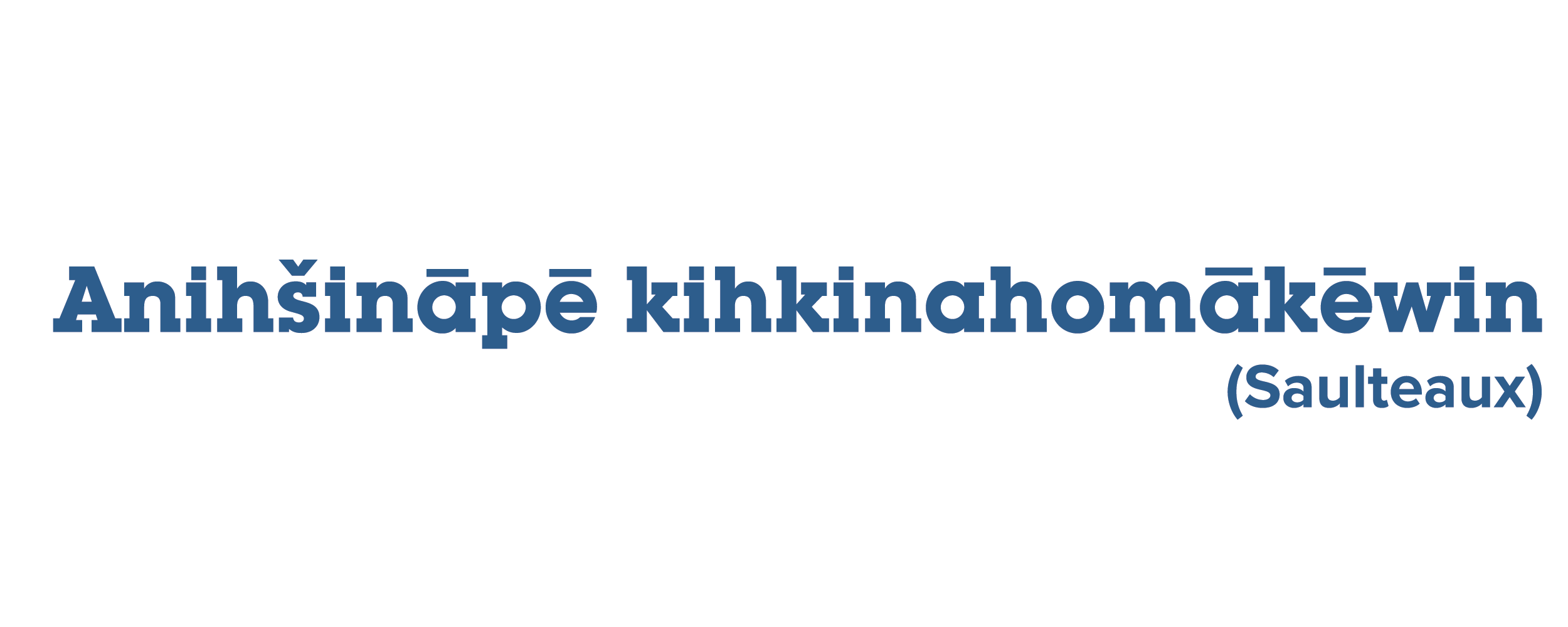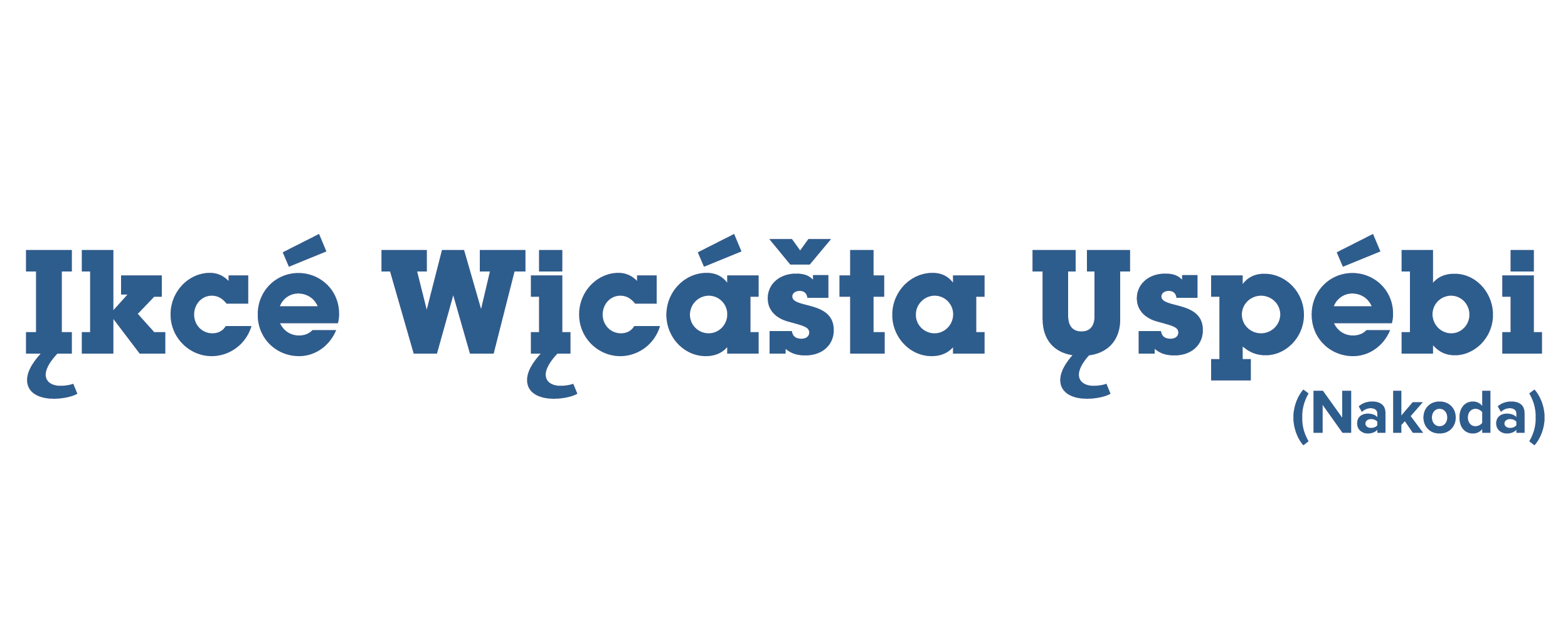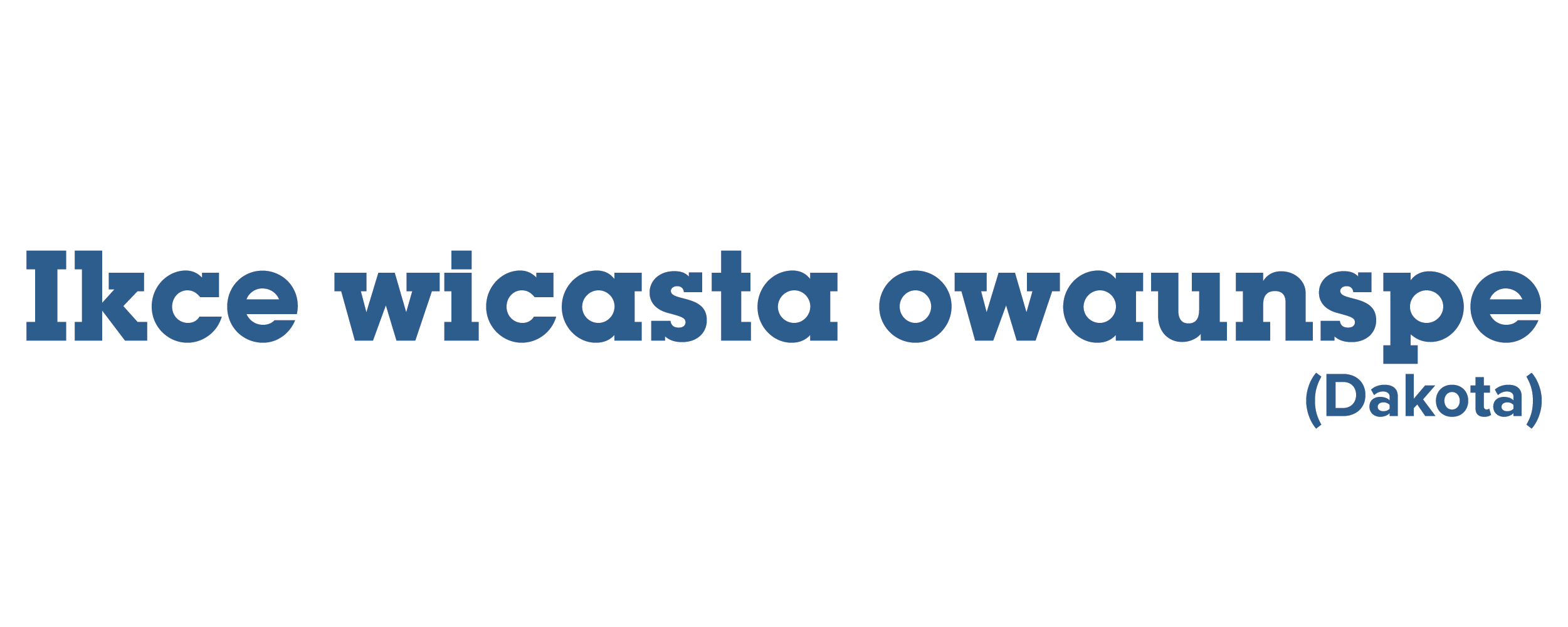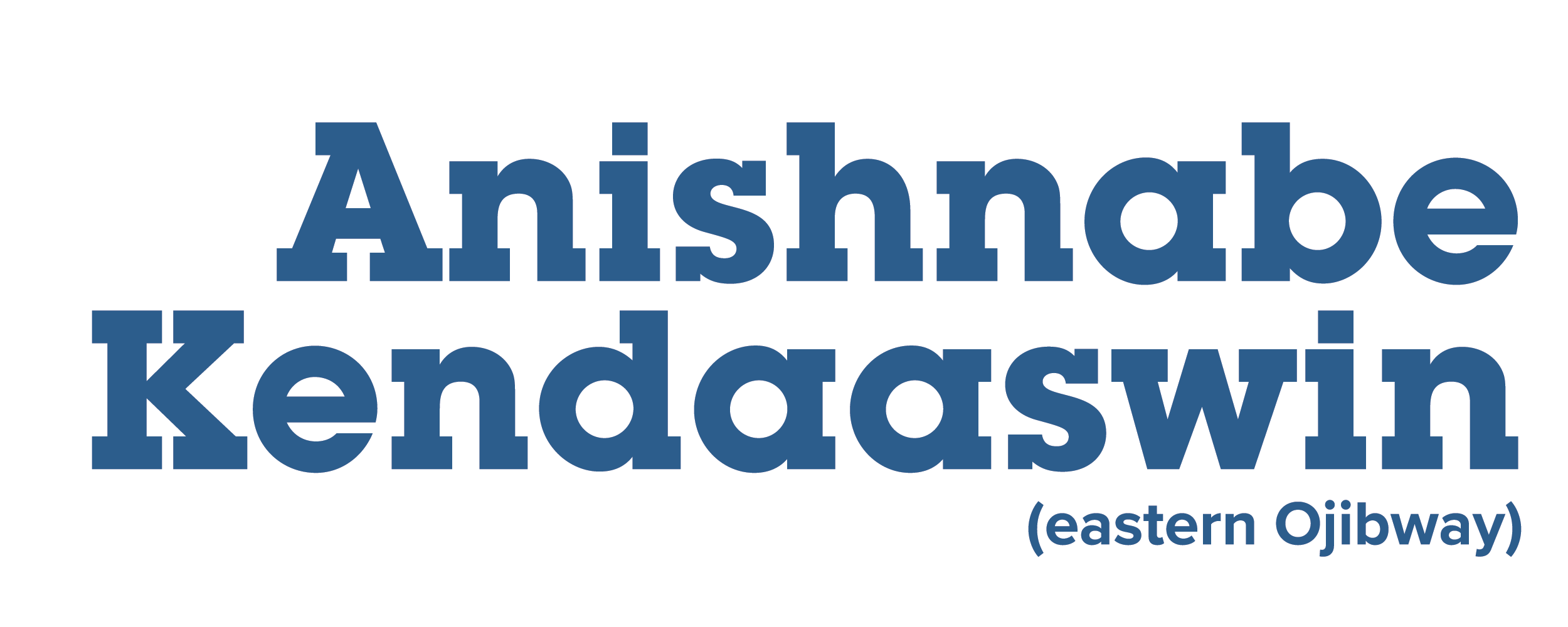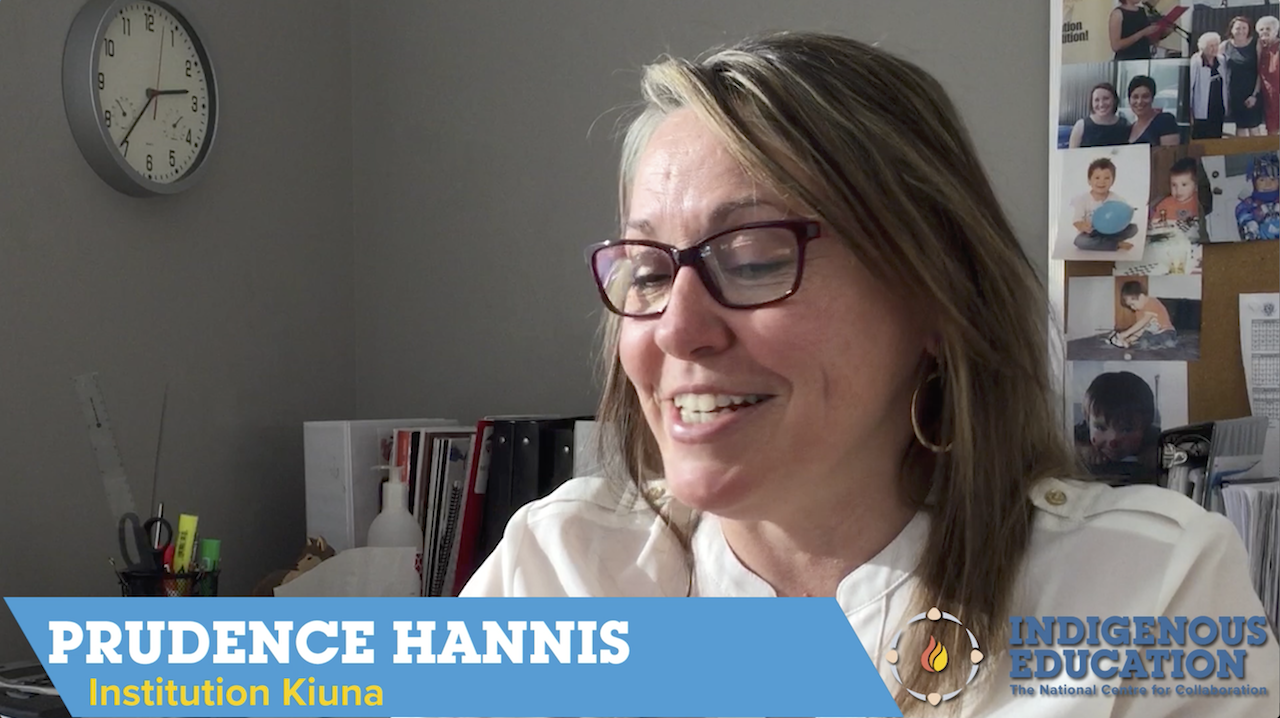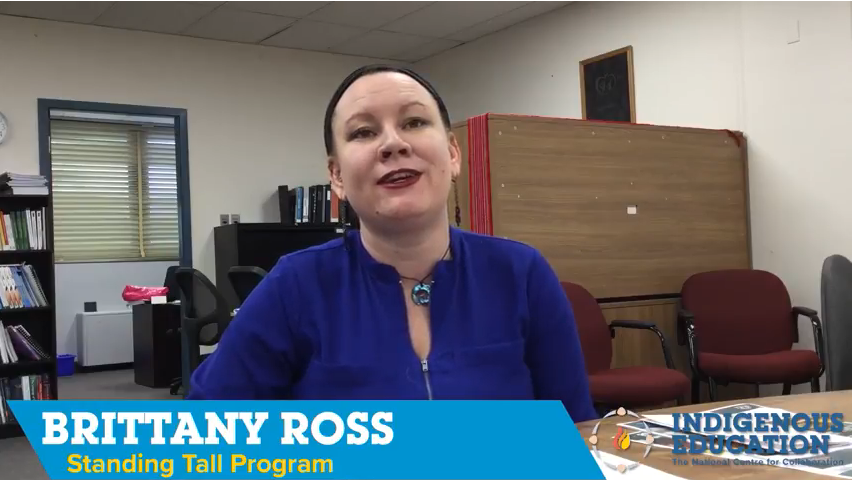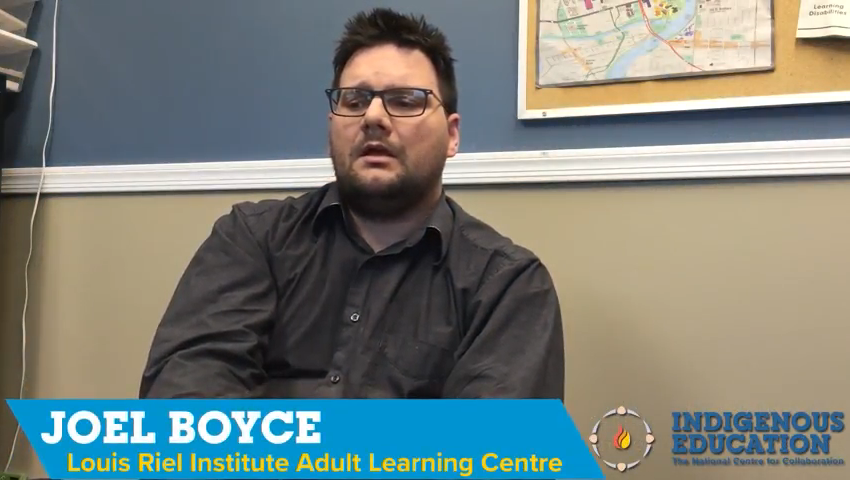Posted on March 27, 2018 by Kiara McLean
Nusdeh Yoh Elementary upholds the belief that all Indigenous students are entitled to quality, holistic education that validates Indigenous cultures, histories, values and languages.
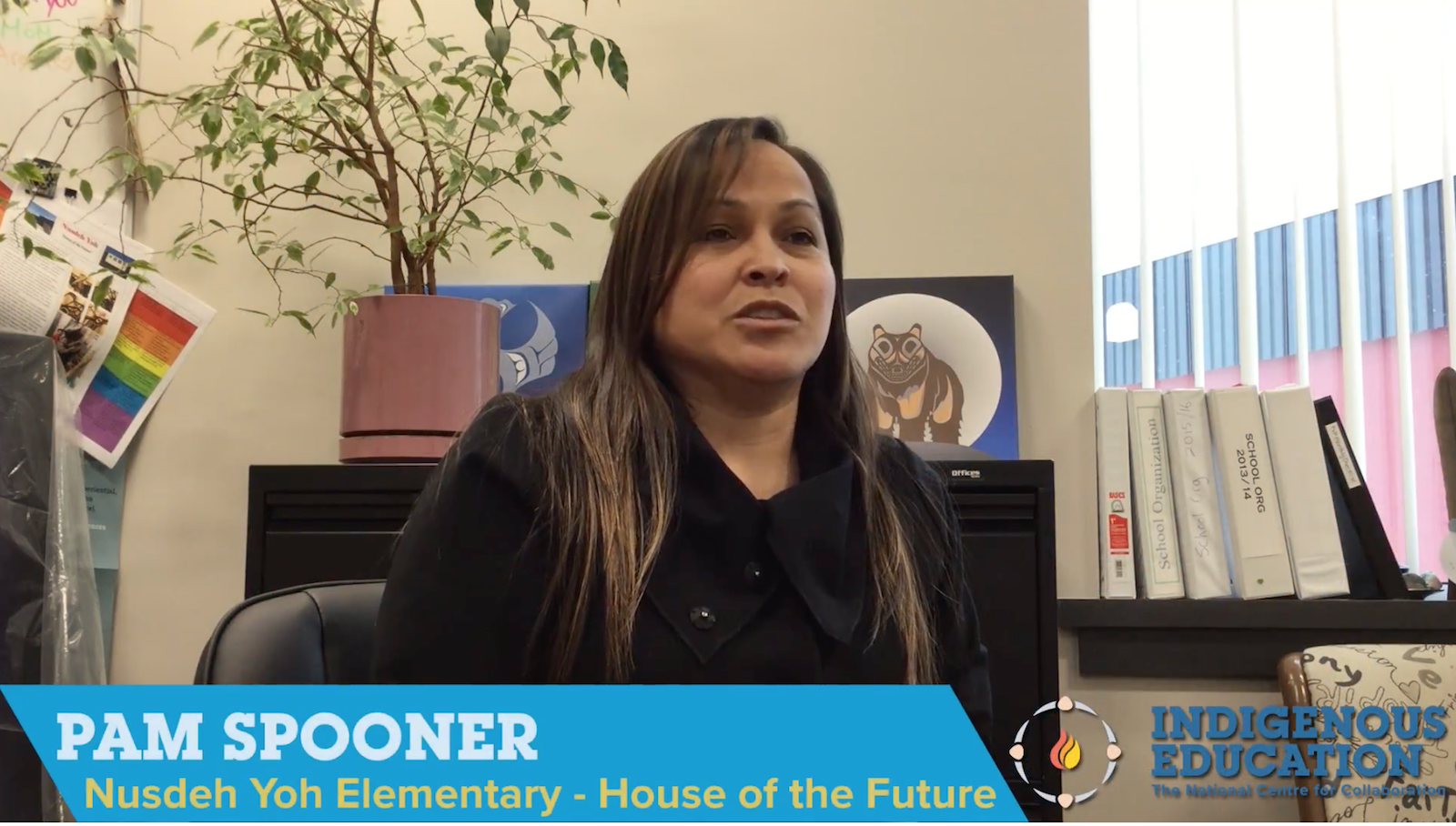
Nusdeh Yoh Elementary (SD57) is the Aboriginal Choice Program school located in Prince George. Nusdeh Yoh upholds the belief that all Indigenous students are entitled to quality, holistic education that validates Indigenous cultures, histories, values and languages. Principal Pam Spooner centralizes the importance of culturally appropriate educational services including language revitalization, land-based lesson plans, and socio-emotional development activities in her summary of the programs and initiatives based at Nusdeh Yoh.
https://www.sd57.bc.ca/school/nyoh/About/Message/Pages/default.aspx#/=
Posted on by Terry Massey
Leading Thunderbird Lodge partners with the Twisted Wire Ranch’s Equine Assisted Learning (EAL) Program in order to holistically treat youth struggling with addictions.
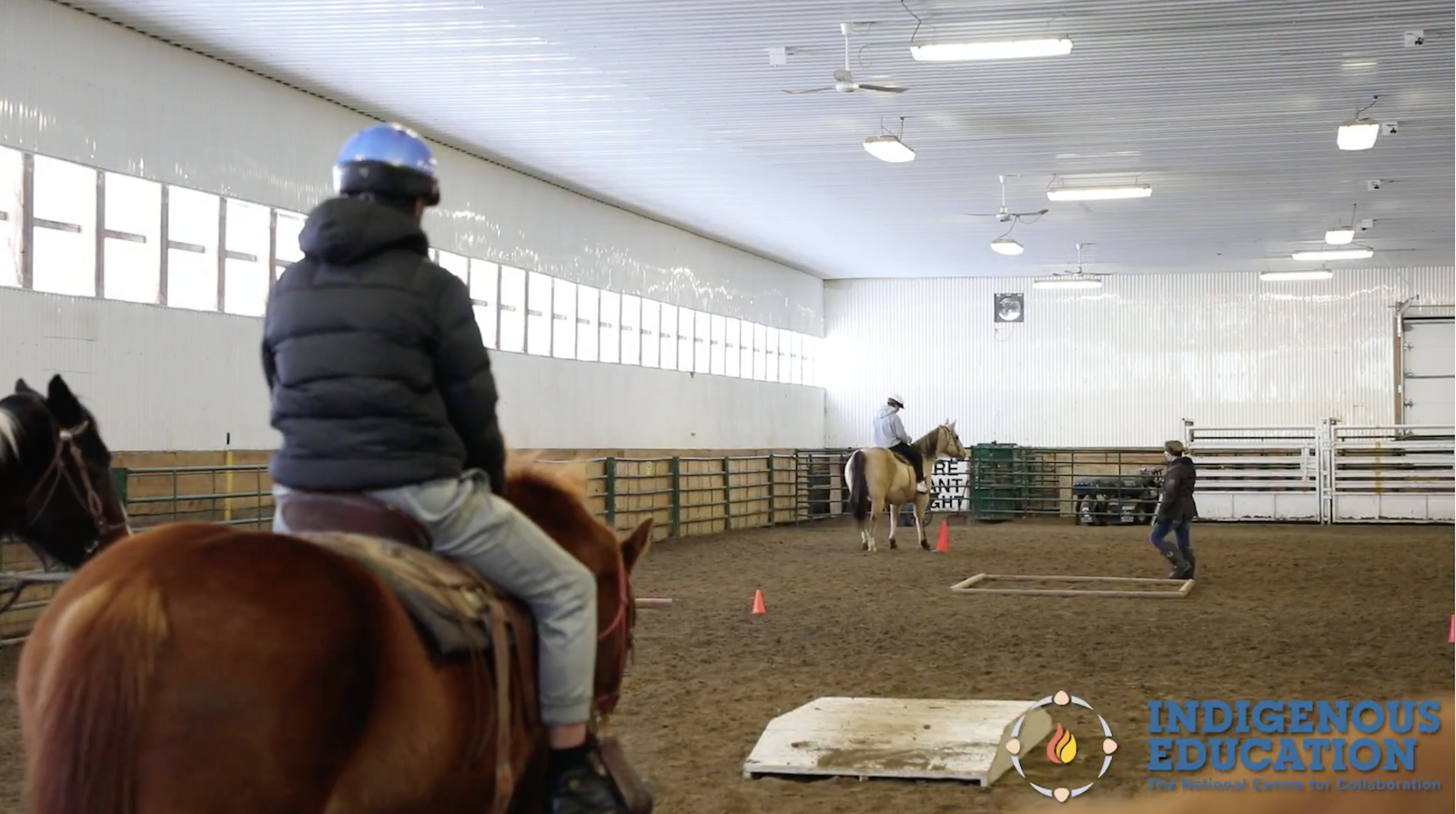
In 2007, the File Hills Tribal Council and Touchwood Agency Tribal Council opened Leading Thunderbird Lodge to address a growing need for the treatment of Indigenous youth experiencing addictions with drugs, alcohol, and solvents.
The Leading Thunderbird Lodge and the Twisted Wire Ranch (EAL) Riding Program are committed to a culture-based model of resiliency and a holistic approach to youth spiritual, physical, psychological, and social well-being. The holistic treatment program at Leading Thunderbird Lodge provides Indigenous male youth, from across Canada, opportunities to focus on their recovery.
One of the core components of their treatment plan is the Equine Assisted Learning (EAL) Program. The youth are taught the importance of the horse in First Nations culture and then they are introduced and matched with the horses at the Clearview Arena, a few minutes north of the Leading Thunderbird Lodge facility. Unlike other Equine Assisted Learning programs in Canada the youth actually ride the horses for the duration of their treatment.
Posted on March 20, 2018 by Casey Leslie
Lakehead District School Board undertakes a summer camp program with 35-40 youth to teach the deeper meaning of living a good life.
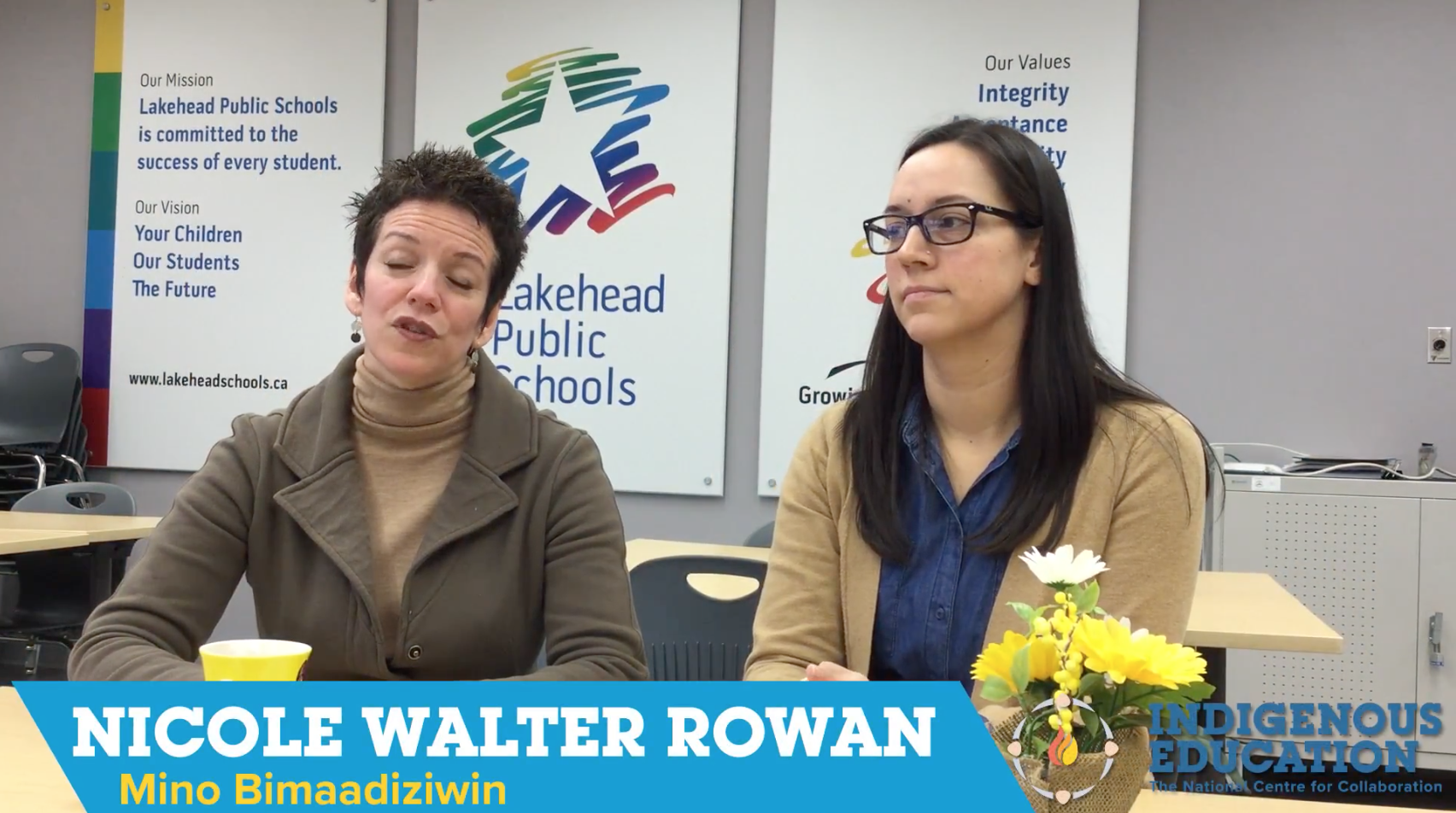
Casey Leslie interviews Nicole Walter Rowan (Program Coordinator) & Anika Guthrie (Indigenous Education Resource Teacher) about the Mino Bidmaadiziwin program run by the Lakehead District School Board.
Mino Bidmaadiziwin, means living a good life and is a summer camp aimed at creating community amongst students preparing to enter new schools (Grade 6/ Grade 9/10). Camps are one or two weeks and engage with 35-40 youth from the Lakehead District School Board. The second week is a reach ahead credit for students transitioning from grade 8 to grade 9, to become familiar with more people and enter high school with a credit.
Posted on by Anne Marie Jackson
Angela Grandjambe describes some of the land-based education activities in the Sahtu region of the Northwest Territories.
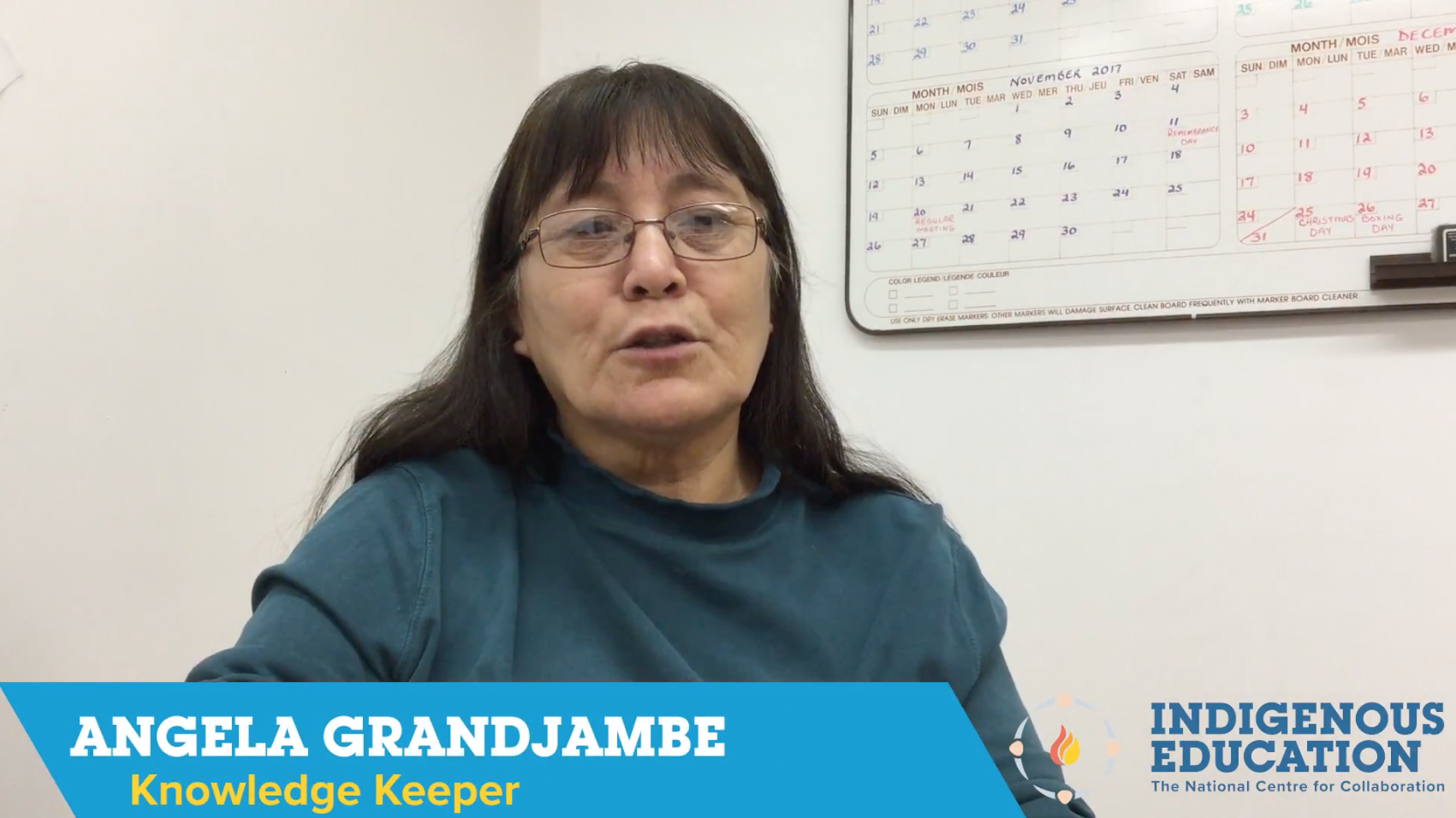
Angela sits on many different boards. She has sat on the SDEC (Sahtu Divisional Education Council) for many years. Leaders help promote and ensure Traditional Knowledge and Practices are articulated in the school curriculum. Angela’s K’ahsho Got’ine background in positions, as such, help reinforce the Dene peoples values, systems, beliefs and practices.
Posted on by Kiara McLean
Nusdeh Yoh upholds the belief that all Aboriginal students are entitled to quality, holistic education that validates Indigenous cultures, histories, values and languages.
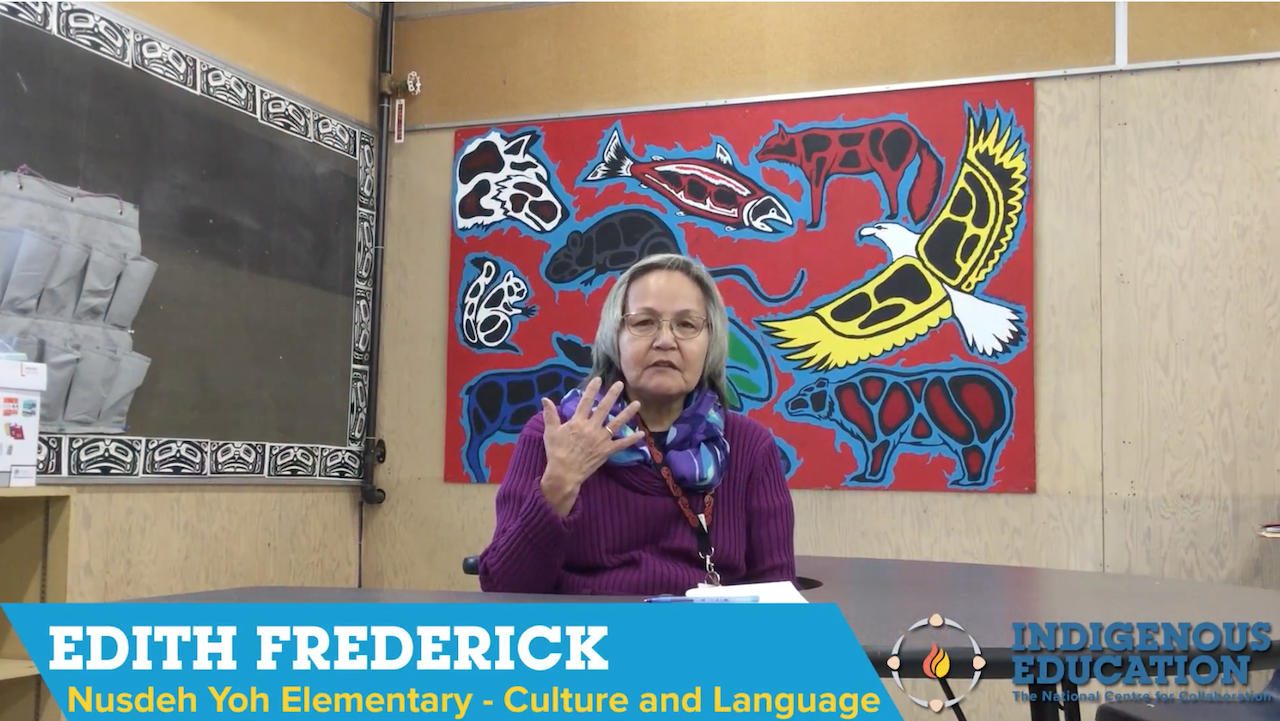
Nusdeh Yoh Elementary (SD57) is the Aboriginal Choice Program school located in Prince George. Nusdeh Yoh upholds the belief that all Aboriginal students are entitled to quality, holistic education that validates Indigenous cultures, histories, values and languages. The culture and language teacher, Edith Frederick, works to solidify Indigenous identity through land-based and language-focused teachings.
”Nusdeh Yoh, “house of the future”, was chosen as our Aboriginal culture and language school name. The name selection process involved consultation with elders, parents, staff, and students. All partners desired a name that represented the hope inherent in this school to affect meaningful change in the lives of our children, families, and the greater community.
In the context of Nusdeh Yoh, student success is a holistic measure. We know that the emotional health and well being of our students is fundamental to their ability to access instruction and fully participate in their learning. Our focus on Restorative Practice is more than a philosophy of student discipline. It is an acknowledgement of the need for respectful relationships between all members of our school community and forms the foundation for a positive, welcoming school environment for all learners and participants.” –https://www.sd57.bc.ca/school/nyoh/About/Pages/default.aspx#/=
Posted on by Richard Stecenko
The Kenanaw program was created by Elders as a way to develop teachers in the North.
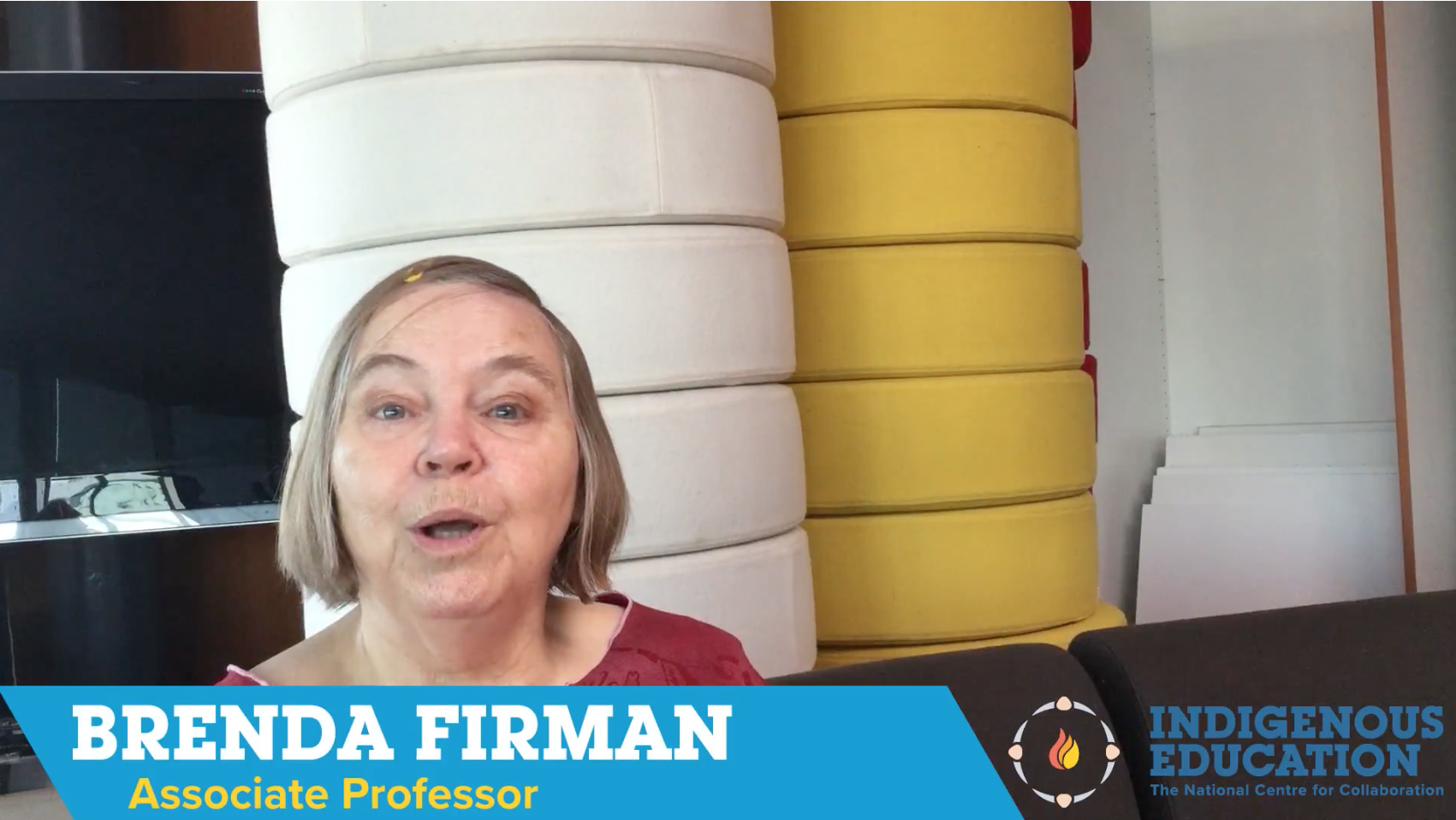
The Kenanaw Learning Model is an education system that served Aboriginal people well for generations throughout time and history. It is about identity, a place of belonging, community history, roles and responsibilities of generations of families and the process of handing down knowledge in a larger context, the community that supports and nourishes the heart, mind, body and spirit. For Ininiwak, the Cree, the education system was transmitted through the families and communities as represented in the Kenanaw Learning Model. https://www.ucn.ca/sites/academics/facultyeducation/programs/bacheloreducation/kenanowmodel/Pages/Kenanow-Model.aspx
Posted on by Laura Forsythe
Stefan Gislason describes the Neah Kee Papa mentor program for Métis and Indigenous fathers.
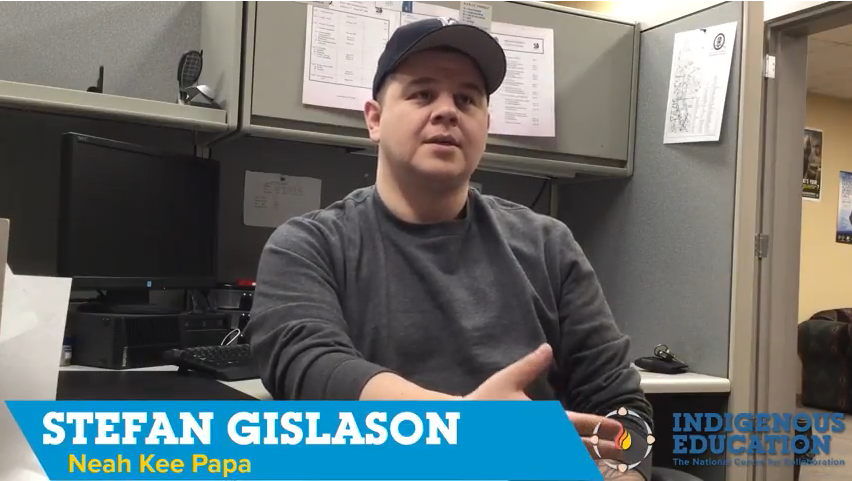
The Neah Kee Papa Program is a parenting enhancement program for current, new, or soon-to-be Métis fathers. The ten-week program is designed to encourage and promote the role of fathers. The program offers men information and resources to become more actively involved fathers.
For more information on the Neah Kee Papa mentor program, click here.
